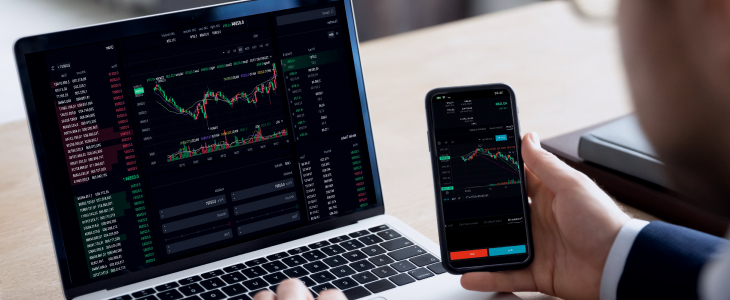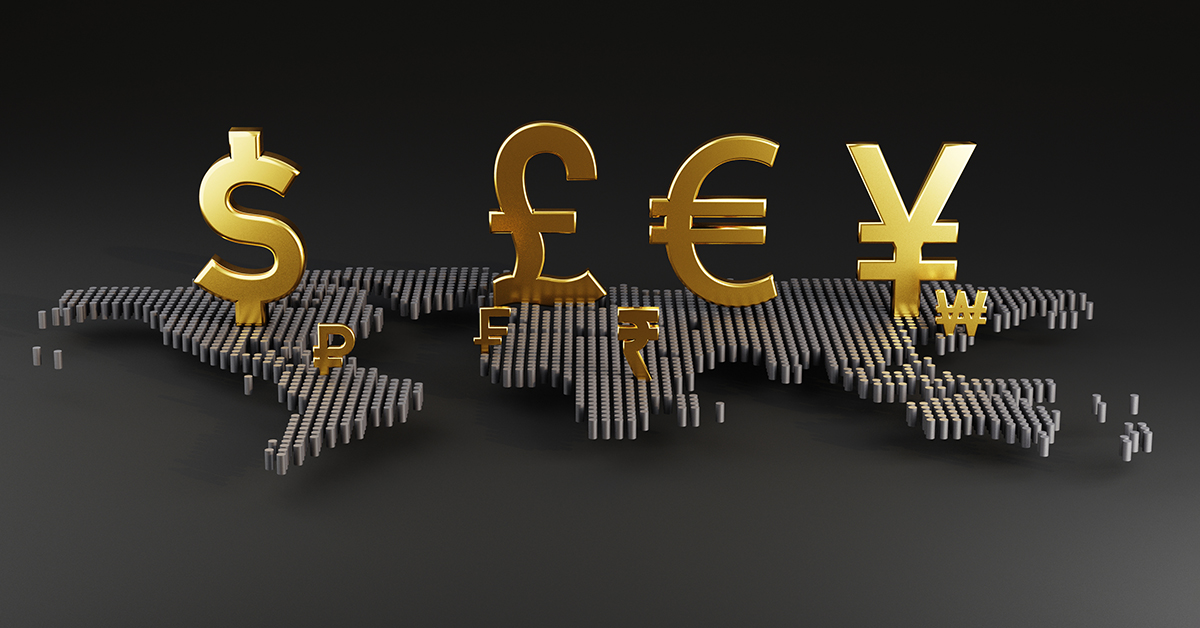
In recent years, forex algorithmic trading Trading Asia has observed a paradigm shift in the forex trading landscape as algorithmic trading takes center stage. Algorithmic trading, also known as automated trading or black-box trading, harnesses the power of computer algorithms to execute trades in the financial markets. This technology has revolutionized trading, allowing traders to capitalize on more opportunities with precision and speed that human traders can hardly match.
Understanding Forex Algorithmic Trading
Forex algorithmic trading employs algorithms to make trading decisions based on specific criteria such as price, volume, and timing. These algorithms can analyze vast amounts of market data and execute trades in a fraction of a second. This high-speed capability allows traders to benefit from fluctuations in currency prices that may only last for moments.
Advantages of Algorithmic Trading
The rise of algorithmic trading in the forex market can be attributed to several advantages it provides over traditional trading methods. Here are some key benefits:
- Speed: Algorithms can process and act on market data in milliseconds, enabling traders to seize opportunities that are often missed by manual trading.
- Accuracy: By relying on predefined algorithms, traders can minimize human errors associated with emotional decision-making and inconsistent execution.
- Backtesting: Traders can backtest their strategies against historical data to gauge potential performance before deploying live trades, increasing the confidence in their trading strategies.
- Diversification: Algorithmic trading allows traders to simultaneously monitor and execute multiple currency pairs, enhancing diversification and risk management strategies.
- Reduced Costs: Automated trading can lower transaction costs by minimizing the need for continuous market observation and manual execution of trades.
Common Algorithmic Trading Strategies
Various strategies can be employed in algorithmic trading. Traders often choose strategies based on their risk tolerance, market conditions, and trading objectives. Here are a few popular approaches:
1. Trend Following
This strategy detects and capitalizes on existing market trends. Algorithms analyze historical price movements to identify upward or downward trends and place trades accordingly. For example, if the algorithm identifies a strong upward trend, it may initiate a buy order, anticipating that the trend will continue.
2. Mean Reversion
Mean reversion strategies are based on the theory that prices will revert to their average over time. An algorithm employing this strategy will buy currency pairs that are undervalued and sell those that are overvalued, anticipating that prices will return to their mean levels.

3. Arbitrage
Arbitrage strategies exploit price discrepancies between different forex markets or related instruments. For example, if a currency pair is priced differently on two exchanges, an algorithm can simultaneously buy on the cheaper exchange and sell on the more expensive one, capturing risk-free profit.
4. News-Based Trading
This strategy analyzes economic news releases, announcements, and geopolitical events that may affect currency prices. Algorithms can be programmed to execute trades based on the expected market reaction to these events, allowing traders to profit from volatility caused by news.
Challenges of Algorithmic Trading
While algorithmic trading offers numerous advantages, it is not without its challenges. Traders must consider the following:
- Market Risks: Rapid market movements can lead to unexpected losses, especially if algorithms are not equipped with risk management features.
- Technical Failures: Glitches, bugs, or issues with internet connectivity can result in trade execution failures, leading to potential losses.
- Over-Optimization: Relying too heavily on backtesting can lead to overfitting, where strategies perform well on historical data but fail in real-world trading conditions.
- Competition: The forex market is highly competitive, with many institutional traders employing advanced algorithms, making it difficult for retail traders to gain an edge.
The Future of Forex Algorithmic Trading
As technology continues to evolve, the future of forex algorithmic trading looks promising. Advances in artificial intelligence and machine learning are expected to drive the next generation of trading algorithms. These technologies can enable systems to learn from market behavior and improve their strategies over time, enhancing their performance and adaptability in changing market conditions.
Additionally, cloud computing and big data will further enhance algorithmic trading by providing traders with access to powerful computational resources and vast datasets, enabling them to develop more sophisticated trading models.
Conclusion
Forex algorithmic trading has reshaped the currency trading landscape by offering a powerful tool for traders looking to gain an edge in the highly competitive forex market. By understanding its advantages, strategies, and challenges, traders can better position themselves to navigate the complexities of automated trading. As technology continues to advance, staying informed about the latest developments in algorithmic trading will be essential for traders aiming to thrive in this dynamic environment.
In conclusion, whether you are a novice trader or an experienced professional, understanding and embracing algorithmic trading can be key to unlocking your trading potential in the world of forex.